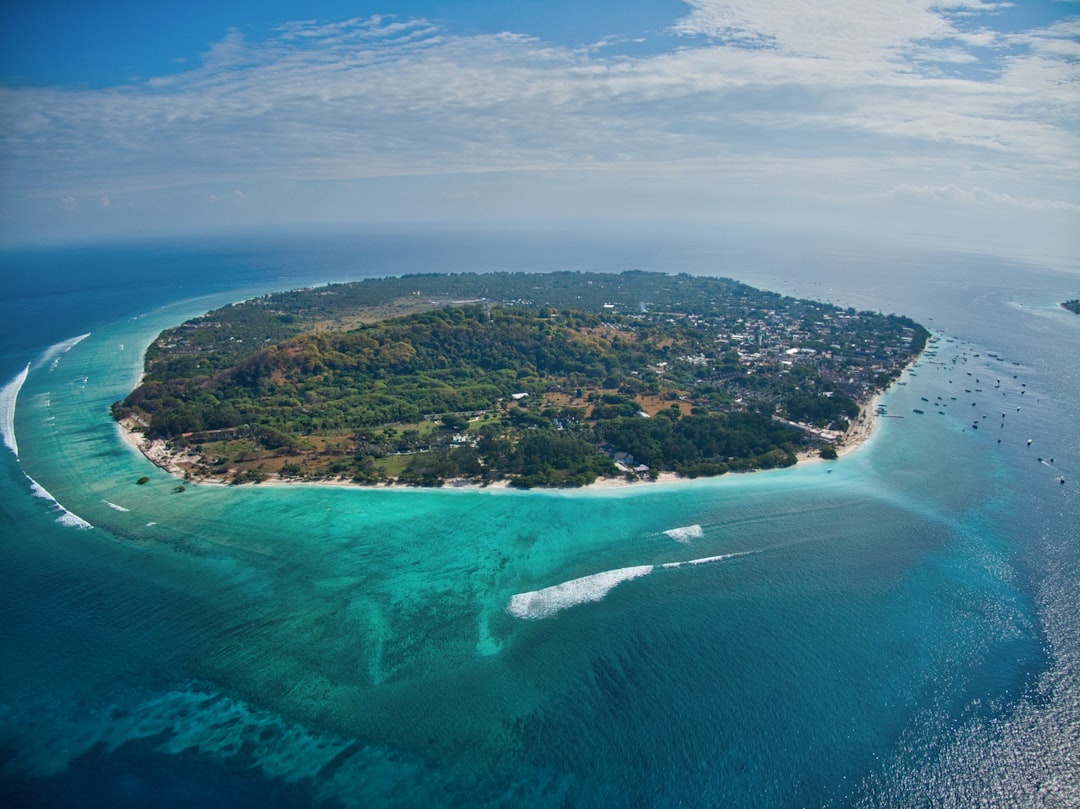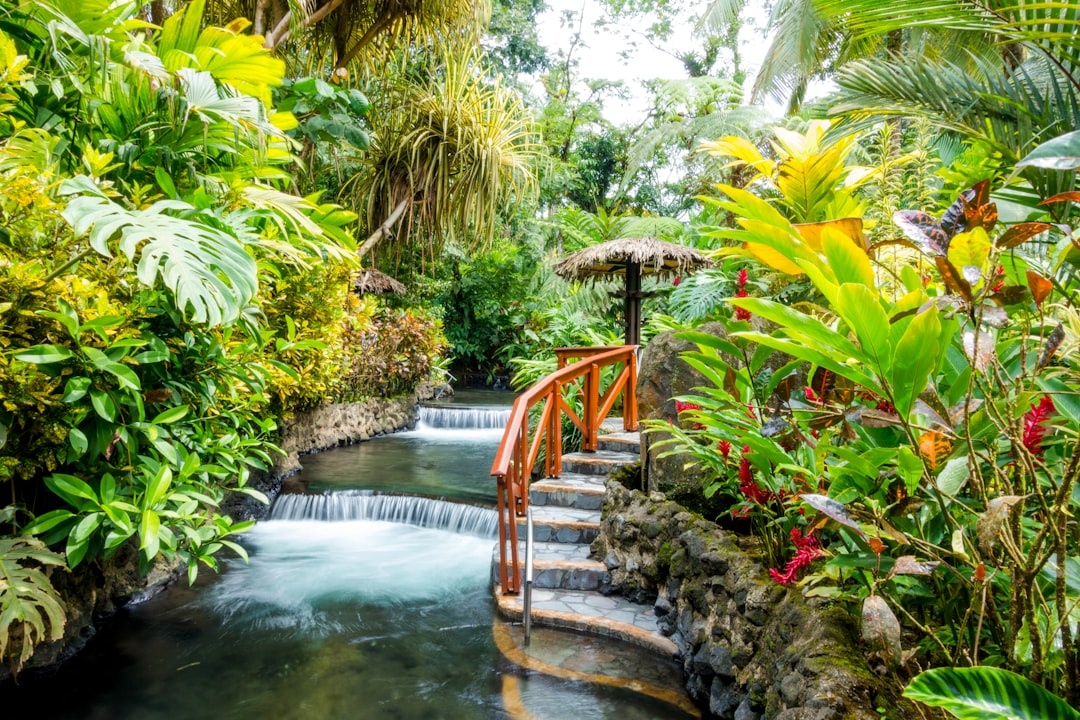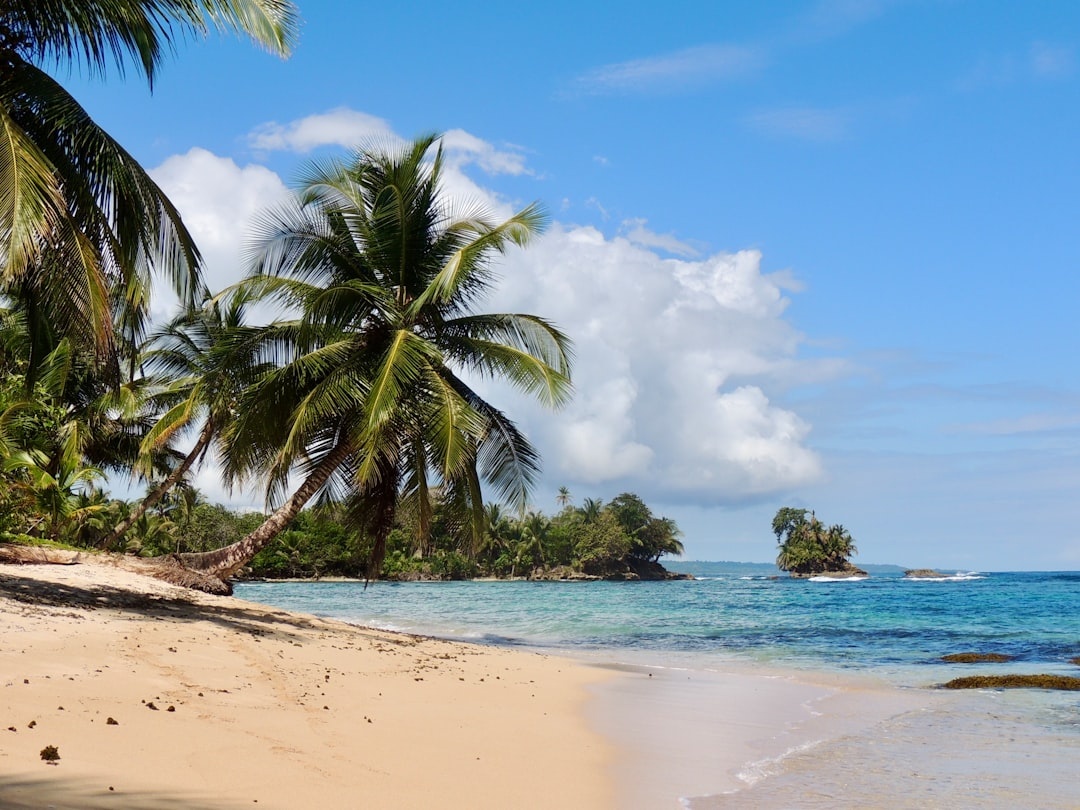15 Places Where You Can Sleep in a Hammock

Sleeping in a hammock is one of those rare travel pleasures—simple, peaceful, and surprisingly comfortable. But it can also be tricky to find places where it’s actually legal and safe to do so overnight. Luckily, there are plenty of spots around the world where stringing up a hammock isn’t just allowed—it’s encouraged. From tropical islands to national forests, these 15 destinations welcome you to sway under the stars, nap with ocean breezes, or doze off surrounded by jungle sounds.
1. Tayrona National Park – Colombia

Tayrona is one of Colombia’s most beautiful national parks, and it’s also one of the few where sleeping in a hammock is totally normal. Designated campsites like Cabo San Juan rent out hammocks with mosquito nets and even provide locker storage. You’re right next to the beach, falling asleep to the sound of crashing waves and waking up to monkeys overhead. It’s a legal, low-cost, and unforgettable way to experience the park. Just be sure to book in advance, especially during peak season.
2. Gili Islands – Indonesia

The Gili Islands—especially Gili Air and Gili Meno—are famous for their chill, no-car vibe and hammock-ready beaches. Many hostels and beach bungalows offer hammock spots as budget sleeping options. Some even come with mosquito nets and a thatched roof for a little shelter. Hammock sleeping here is legal and common, especially in eco-conscious or backpacker-friendly spots. It’s a slow, dreamy way to spend a night by the sea.
3. National Forests – United States

While some U.S. national parks have strict rules, national forests are often much more hammock-friendly. Places like Pisgah (North Carolina), Ocala (Florida), and Olympic (Washington) allow dispersed camping, including hammocks, as long as you follow Leave No Trace guidelines. You don’t need a permit for most spots and can camp for free or very cheap. With towering trees and fewer crowds, they’re perfect for hammock camping under the stars.
4. Isla Holbox – Mexico

This sleepy island north of the Yucatán Peninsula is ideal for barefoot beach lovers—and yes, legal hammock sleeping too. Many beachfront hostels and budget hotels offer hammocks instead of beds or as cheaper sleeping alternatives. Hammocks here are set up under palapas or shaded trees, keeping things cool and legal. It’s peaceful, breezy, and about as laid-back as travel gets.
5. El Nido – Philippines

In Palawan’s paradise, some island-hopping tours offer overnight beach camping where hammocks are provided instead of tents. These setups are legal through tour operators or permitted campsites, and they usually include mosquito nets and light bedding. Falling asleep with ocean waves in your ears and stars above your head is next-level relaxing. If you like your hammock with a view, El Nido delivers.
6. Costa Rica Eco-Lodges

Across Costa Rica, eco-lodges and beach hostels in places like Montezuma, Puerto Viejo, and the Nicoya Peninsula offer hammocks as a sleep option. It’s a legal, sustainable way to stay connected to nature, especially in areas focused on low-impact tourism. Some properties even build hammock zones into covered decks or treehouses. It’s a great choice for budget travelers who want jungle vibes and a lighter footprint.
7. Florida State Parks – United States

Several state parks in Florida, like Bahia Honda and Myakka River, allow hammock camping in designated areas. You’ll need to use tree-safe straps and follow basic park rules, but it’s totally allowed and encouraged in many sites. Sleeping in a hammock is a great way to beat the heat and bugs, especially with a good net. It’s also a favorite among minimalist hikers and bikepackers.
8. Utila – Honduras

Utila is one of the cheapest places to get your diving certification—and also one of the chillest places to sleep in a hammock. Some dive shops and hostels offer hammock spots as their most basic (and most affordable) sleeping option. You’ll usually be under a covered deck or a shaded garden, often with the sound of reggae in the background. It’s legal, low-cost, and loved by budget travelers.
9. Caribbean Sailing Charters

Budget sailing trips around the Caribbean sometimes offer hammocks on deck as sleeping arrangements. It’s legal as long as you’re on a private vessel or part of a licensed tour. You’ll get ocean breezes, starry skies, and the gentle motion of the sea to lull you to sleep. It’s one of the most unique hammock experiences out there—just don’t forget your sea legs.
10. Khao Sok National Park – Thailand

Khao Sok’s jungle camps and floating bungalows sometimes provide hammocks for both lounging and overnight stays. Within the park’s permitted areas or eco-camps, hammock camping is legal and sometimes the most comfortable way to sleep in the jungle heat. You’ll hear gibbons at sunrise and frogs at night, all from your swaying perch. It’s a peaceful, nature-soaked escape from Thailand’s busier tourist hubs.
11. Lake Atitlán – Guatemala

In villages like San Marcos or Santa Cruz around Lake Atitlán, hostels often include hammocks in common areas or as sleeping options. Some yoga retreats and eco-lodges even offer hammock beds in open-air dorms or cabins. It’s fully legal on private property and often the cheapest place to sleep. The views over the lake from your hammock in the morning? Unreal.
12. Bocas del Toro – Panama

These Caribbean islands are backpacker favorites, and hammock sleeping is part of the local travel culture. Many beach hostels and eco-camps offer hammocks for rent instead of full beds. You’ll find setups over the water, under palm trees, or on shaded decks. It’s legal, encouraged, and often paired with cheap meals and a very chill crowd.
13. Amazon Jungle Lodges – Peru and Brazil

Remote jungle lodges in the Amazon often include hammocks as the standard place to sleep. You’ll usually get a bug net, light bedding, and a covered area to keep you dry in case of rain. It’s legal and traditional in many Indigenous communities and eco-lodges. Sleeping in a hammock surrounded by jungle sounds is one of those bucket-list moments you’ll never forget.
14. Ometepe Island – Nicaragua

This island formed by two volcanoes in Lake Nicaragua is full of rustic eco-lodges and hostels that embrace hammock living. Many offer hammocks as a sleep option or have large shared hammock decks with views of the water or mountains. It’s legal and very popular with long-term travelers and backpackers. The pace is slow, the air is fresh, and the vibe is ideal for hammock napping.
15. Public Campgrounds – Portugal

Along Portugal’s coast, especially in the southwest near Costa Vicentina, many public and private campgrounds allow hammock camping. Trees are plentiful, and mild winter weather makes it comfortable year-round. These spots are legal, safe, and often close to surf beaches or hiking trails. Whether you’re camping in a pine forest or next to a cliffside beach, it’s a scenic and peaceful place to hang for the night.






